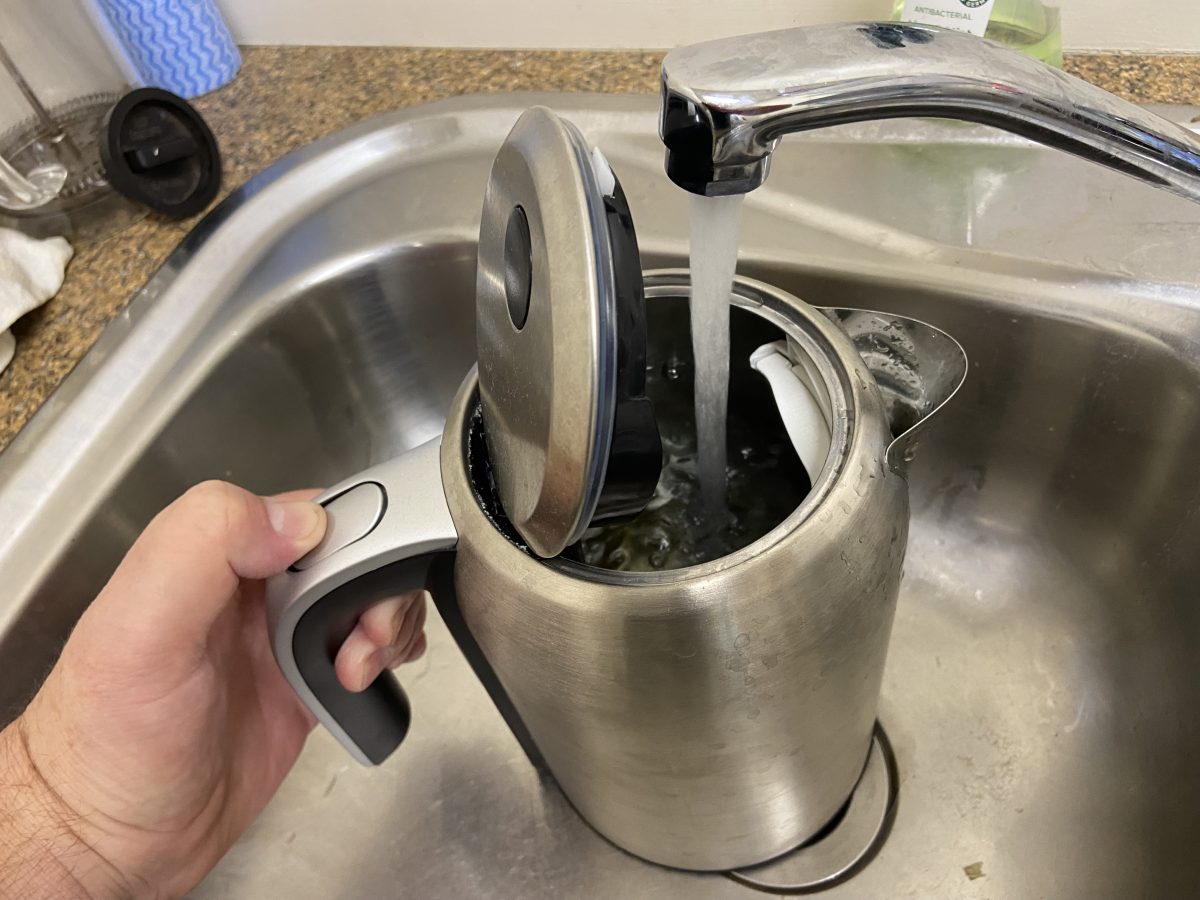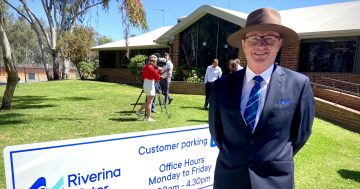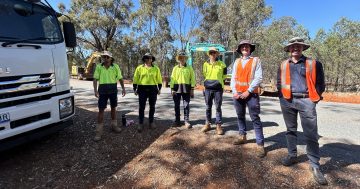
How does Wagga Wagga compare with other states? Photo: Chris Roe.
A recent study comparing the water supplies in Australian cities found that Riverina and Wagga Wagga utility providers were performing under the national average, while Canberra faces reliability challenges.
Plumbing business All Kind Gas and Plumbing ranked 73 water utilities across Australia, based on data from the Bureau of Meteorology’s urban national performance report.
Five key factors were used: average annual residential water supply, annual water bills, duration of unplanned interruptions, water main breaks and sewer main breaks per 100 kilometres.
In Wagga Wagga, Riverina Water County Council is responsible for the water supply, including drinking water, while the city council manages the sewerage system, incorporating wastewater treatment and disposal. In some regions, such as the ACT, a single utility (Icon Water) services the entire area.
Annual water supply increased by 24.5 per cent in the 2023-24 quarter compared with 2019-20, with Riverina Water supplying a volume of 309 kL per property. On the other hand, Icon Water supplied an average of 169 kL per property in the same quarter. A greater volume suggests fewer service breakdowns, better plumbing infrastructure and a reliable water supply.
In the report, the average duration of unplanned interruptions for Riverina Water was 163 minutes and 118.1 minutes for Icon Water in 2023-24, with the national average being 119.47 minutes. Shorter durations suggest effective emergency responses, with longer interruptions demonstrating poor infrastructure and management.
Riverina residents saw 17.9 water main breaks, bursts and leaks per 100 km, while ACT residents saw 8.8 incidents per 100 km in 2023-24, with the national average being 14.58 incidents. While fewer incidents suggest well-maintained and modern plumbing systems, a higher number of incidents reflects the poor condition of the system, and outdated materials and technologies.
The weather bureau report did not include data on Riverina Water’s average annual water bill, while residents in the ACT were paying $1133 a year for an average of 169 kL. Calculations from a Riverina Water spokesperson suggested the average household paid $662.04 for 309 kL.
“Our average unplanned outage time reflects the size and complexity of the area we serve,” Riverina Water acting director engineering Aran Beckett said.
“We supply safe and reliable water to more than 77,000 people across 15,000 square kilometres – from Wagga Wagga to smaller towns and rural areas – which means it may take longer to reach and repair issues in some cases.
“Importantly, we follow set levels of service to make sure urgent issues are responded to quickly at any time, with our recent 2025 customer survey rating water supply reliability 4.74 out of 5.
“Our unplanned outage time is similar to the NSW median for local water utilities, despite Riverina Water having the sixth most connections in the state and being the second-highest provider of potable water.
“We’re focused on delivering safe, reliable water at the lowest sustainable cost, and we’re proud of the value we provide to our communities.”
Wagga Council manages the sewerage system in Wagga Wagga and saw 56 sewer main breaks per 100 km, while Icon Water only saw 39.1 incidents per 100 km. The national average is 23.1 incidents. Higher rates suggest an ageing water system, which may lead to health risks, property damage and costly repairs.
“The data in the report refers to the number of sewer chokes per 100 km of mains, and it’s essential to note these statistics are influenced by a range of factors,” a Wagga Council spokesperson said.
“This includes the number of connections along a line, the age and condition of pipes, tree root infiltration and items being incorrectly flushed or poured into the system.
“Wagga Wagga City Council manages one of the largest regional sewer networks in NSW, with over 28,000 connected properties and 722 km of mains. We rank sixth in the state [outside Sydney, Newcastle and Wollongong] for both size and length of network.
“In the 2023-24 reporting period, the community reported 4.12 chokes per 1000 properties, just above the national median of 4.05.
“Council continues to take a proactive approach to managing and improving the network, with around $2.5 million invested last year in pipe relining, pipe bursting and sewer main replacement works.”










